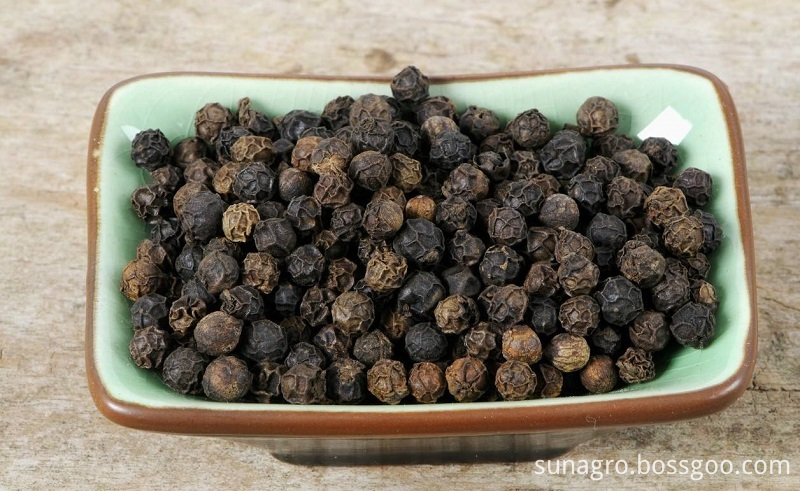I. Advantages of scaffolding rabbits in orchards
1. Raising rabbits in gardens has low costs and quick results. In the production process, fruit growers usually trim large numbers of branches and leaves from the fruit trees according to the production needs; some fruit trees need to be renewed due to aging or disease, etc. The old trees and diseased trees are to be cut off, excavated, and then planted with new fruit seedlings. The young fruit seedlings are small, and there is a large gap between the strains. The fruit growers can plant sweet potatoes, soybeans, mung beans, peanuts, and various pasturage and dwarf crops in the open space between the plants and the plants. These crops are left after harvesting. A lot of stems, stems and leaves. The pruned fruit tree leaves and the stems, stems and leaves of the crops are rich in nutrients and are suitable for feeding rabbits. At the same time, the various weeds and other weeds planted are also suitable feeds for rabbits. Raising rabbits in orchards is not only convenient, low-cost, and quick-acting. It is possible to raise average weight of 500-g. or more of average-type rabbits if they are properly added. If breeding high-quality rabbits, The average weight gain of 750 grams or more greatly increased the economic income of the fruit farmers. At the same time, raising rabbits in cages in orchards adopts cage culture, which occupies a small area and is easy to manage. It does not harm fruit trees and other crops in the garden.
2. Promote gardens with rabbits, reduce fertilizer costs, and improve fruit quality. Raising rabbits in orchards can not only increase direct economic income for farmers, but also provide high-quality fertilizer for orchards. If the rabbit manure is collected in situ and covered with a plastic film or soil, no unpleasant odor will be emitted. After fermentation, the rabbit manure becomes a good fertilizer for the fruit trees. It can replace part of the fertilizer and can effectively prevent soil compaction. To promote the growth of fruit trees, it is not only environmentally friendly, but also reduces expenditures, and the quality of the fruits that bear fruit is high.
Second, the main technical measures
1. Avoid cutting and cutting fruit leaves at the spraying time of pesticides, and use highly efficient and low-toxicity pesticides. The best way to solve the problem of fruit leaf pesticide contamination is to cut and cut fruit leaves during the “safe period†of pesticides. Each kind of pesticide has a certain duration of poisoning after spraying. The period of poisoning of many organic phosphorus pesticides such as dichlorvos and omethoate is about 7 days (about 3 days in case of rainy season). It is safe to cut fruit leaves after 7 days. Second, the best countermeasure to prevent the problem of pesticide contamination in fruit leaves is to use high-efficiency and low-toxic pesticides as much as possible. For the sake of safety, to prevent rabbits suffering from pesticide residues in the causal lobe, after the period of pesticide poisoning, they can be given to individual rabbits. After the observation that no poisoning phenomenon has been observed, the fruit cutting leaves are used for other rabbits.
2. Ecological models should be adopted to develop orchard production. The traditional method of pest control is the use of chemical pesticides, but it is easy to cause varying degrees of pesticide contamination and residues in fruit leaves, and the use of insect traps, yellow board predators, and other devices for pest control, more in line with the requirements of ecological agriculture, can effectively Prevent pesticide contamination and residue in fruit leaves.
3. Reserve dried leaf material and hay material. In the season when there is ample supply of fruit leaves and forage, select sunny days to cut some fruit leaves and hay to dry them and store them for future use. The use of fruits and fodder is not sufficient until the winter season, or when the fruit leaves cannot be cut during the spraying of pesticides, and when the rainy season leaves and the grass are inaccessible for cutting, etc., they can be used again and again to solve the worries.
4. Plant winter pastures or crops. Plant winter pastures and crops suitable for local growth and feeding rabbits, such as ryegrass, safflower, schisandra, bitter leeks, cabbage, etc., to make up for the lack of green feed in winter and early spring.
5. Properly supplement concentrates. The use of the ecological conditions of orchards to raise rabbits, of course, to feed the fruit leaves, crop straw and weeds, but the rabbit's growth requires a comprehensive and balanced nutrition. In this regard, when feeding fruit leaves and forage, appropriate addition of some fine material, especially in the winter when the palatability of hay material is poor, it is even more necessary to match the fine material, such as soybean meal, wheat bran, corn flour, rice bran mixed with dregs Other mineral elements are incorporated to meet the rabbit's normal growth needs.
Pepper has its powerful antibacterial properties and, if taken with some honey, is a natural home remedy for colds, flu, insect bites and coughs.Jining hongshan trading co., LTD. Is one of the companies specialized in processing and exporting agricultural products and spices.We have modern spacious warehouses that ensure the safe storage of large quantities of products, so we can supply pepper year-round at reasonable prices, timely delivery and flexible payment.

Sichuan Pepper,Sichuan Paprika Pepper Powder,Red Pepper,Sichuan Dried Pepper
Jining Sunagro Trade Co., Ltd. , http://www.sunagro-food.com